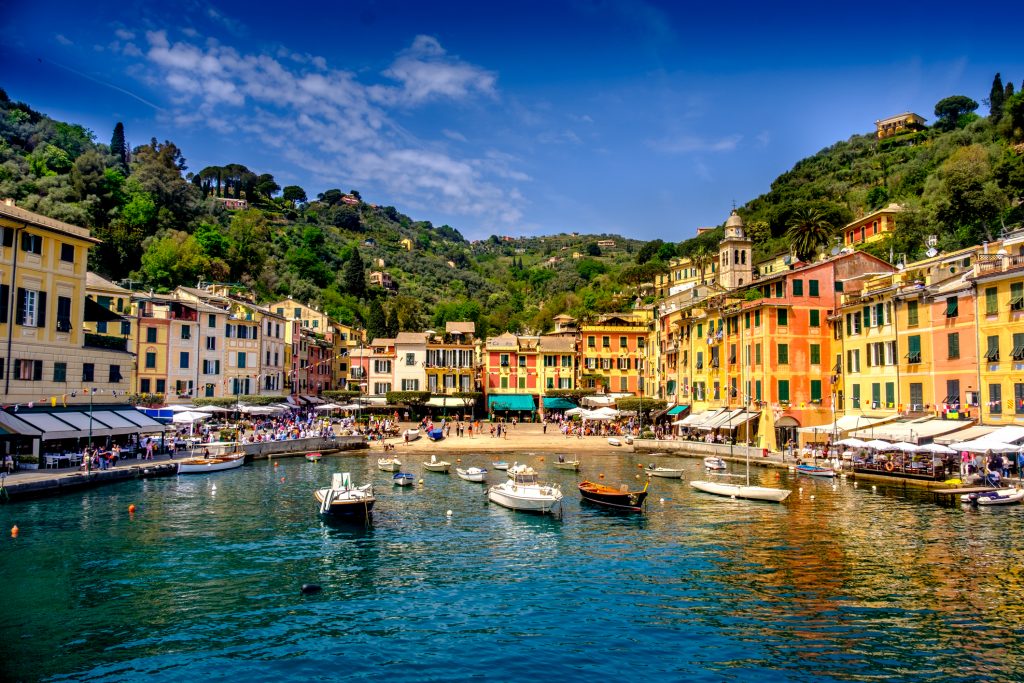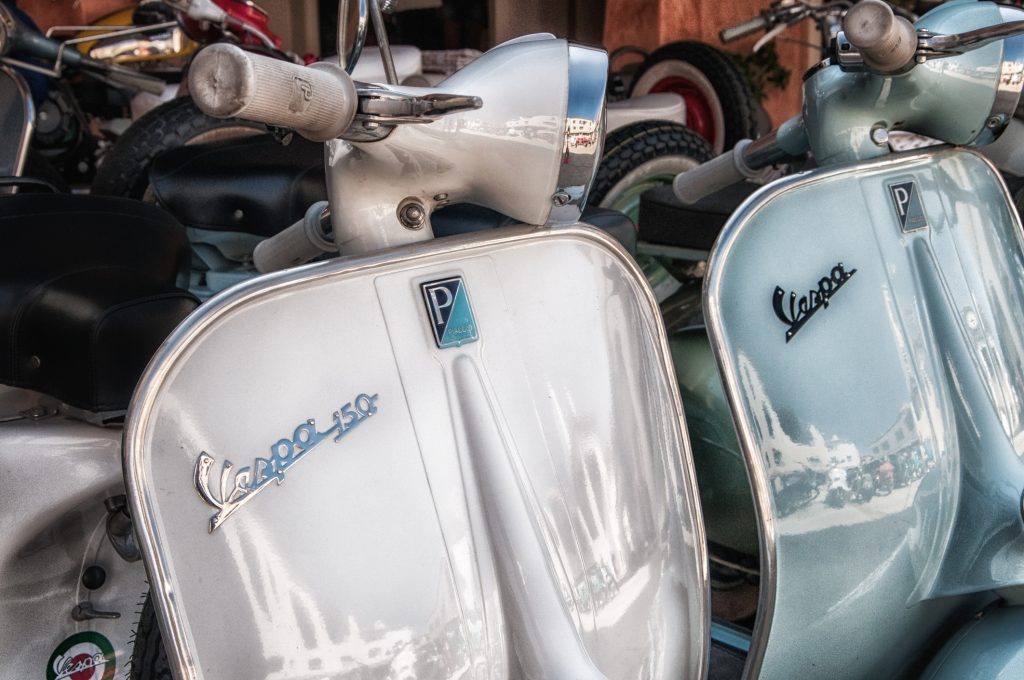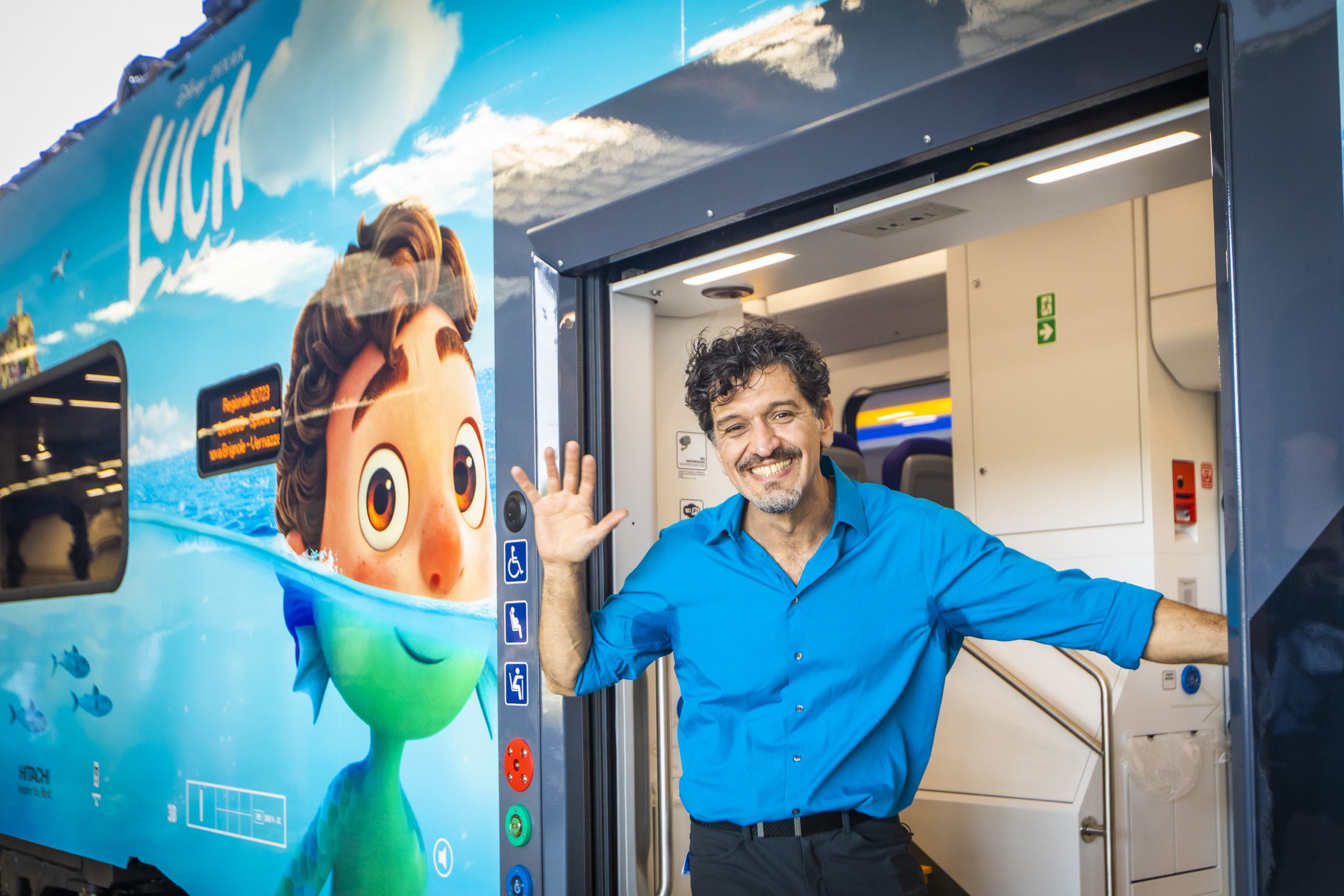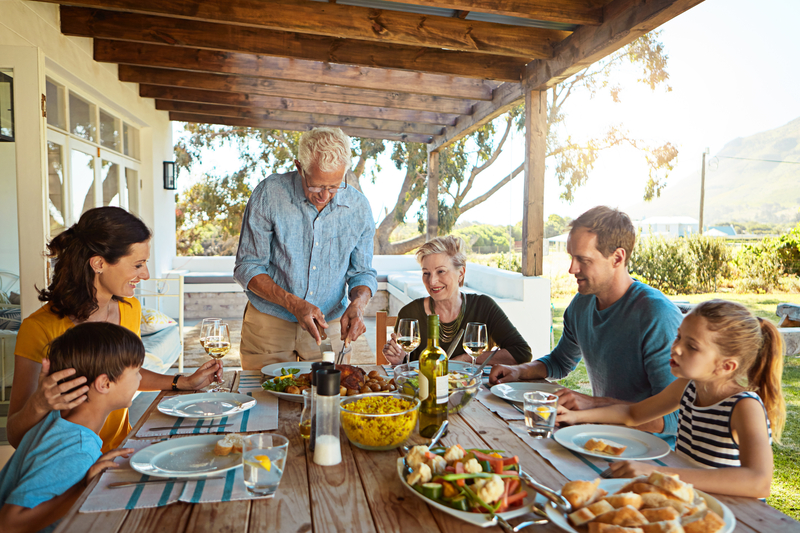Luca is a cartoon, but a beautiful, modern one, that can charm adults, as well as children. It is deep, it offers emotions and ideas that go well beyond a tale for those – our young ones – who still believe in marine monsters and can touch Saturn’s rings with the power of imagination. Luca is also a generous tribute to Italy, a love letter to the country, sketched through the beauty of Cinque Terre and where even stereotypes are used with benevolence.
One example for all, pasta: plentiful, delicious even for two tritons who turn into children when soaking up the sun, so quintessentially Ligurian and so present in the movie. So important it is not only fit for dinner, but also for eating competitions. You can almost smell those trenette al pesto. All you want after the movie, is to indulge in a steaming hot plate of pasta with garlic and basil. Forget garlic bread — that tastes and smells just like fettuccine Alfredo and chicken parmigiana, dishes attributed to Italy but that with the country’s rich and varied cuisine have nothing to do. Trenette are the real thing. Trenette tell the story of a corner of Italy, of a magical riviera where the sea crashes on mountains. Could you believe the prejudice – only useful to increase segregation and division –early 20th century’s American society had towards Italian migrants because their alleged body odor, caused – they said – by their use of garlic in the kitchen. Go and try pesto, if you haven’t yet, or focaccia genovese! What unbeatable temptations!

Or you could let nature bewitch you, you could surrender to the beauty of a marina reaching into a tiny square surrounded by the colorful homes of local fishermen.
In the movie, this enchanting and picturesque set is enriched with the whole-Italian cinematic mythology of La Dolce Vita. Here, dreams are modelled upon the glam of Roman Holidays, where they run fast with open arms under the sun seeking adventure, where they fall asleep under a starry sky, with just a small pillow under the head, up there, in a tree house: just like every child would like to do. Indeed, this is the connecting line, the icon that tells of a whole era and paints a state of being, the wave of freedom that enchants and guides the protagonists. And so, music wondrously runs along with tricolored Vespas, memories of a time when the whole of Italy would ride on those two wheels. It’s the portrait of an era, the epic tale of what Vespa truly represented in our culture during the second post war period. And so, it all becomes a beautiful anthem to the Made in Italy, a celebration of the 75 years of a cult object, where it isn’t a product to be advertized, but a true way of life: Vespa and travelling, means of transport and opportunity. It meant freedom to do, to move around, to experience and to feel new emotions. Yes, Vespa for the Italians of those years, had been an immense symbol of freedom and it’s history that explains us why: Vespa had been created towards the end of the Second World War and had soon become the symbol of our renaissance, of the enthusiasm that the economic boom of the 1950s and 1960s brought about, as well as of the inner growth Italy was to live in those years, a growth made of emancipation and recovery. And because everyone could afford a Vespa – even two marine creatures (representation of the Ligurian people, who all have the sea within) – everyone could dream.

Here Luca, which is also very contemporary, very modern, reconnects with the present. Who watched it could see a bright future behind those images, a future made of regeneration and renaissance after Covid. We can start dreaming again, hugging again (and the movie is filled with hugs and of all those gestures the pandemic took away from us), we can stay outside, we’re free to leave the house and take a walk. We can even leave the sea and the protection it gives behind, and try to live again on dry land, mingling with people.
We can dare to do things again, just like the two children-tritons. Mind, though: daring doesn’t mean breaking the rules, it means not being afraid: Silenzio Bruno! This mantra is an invitation to take up the challenge, to give it a go, lest we grow old and regret we didn’t, to try and try again, with a pinch of recklessness, perhaps, but especially with a lot of bravery. Because who knows, maybe what seems difficult is not that bad and the mountain can end up being nothing more than a hill, in the end.
Luca is filled with emotional narratives, a wonderful movie about friendship, a story about acceptance where even a sea monster can become part of the community, a story about the importance of diversity. And it is also a coming-of-age tale, where leaving home becomes the moment of ultimate growth. In fact, in it you can see Casarosa the migrant, who traveled to the US following his dreams: Luca leaves to start a new life in Genoa, just like millions of Italian migrants left from Genoa to begin a new life on the other side of the ocean.
But all migrants keep their home within their heart, and when they come back, their love for it resurfaces, just like all the objects Alberto, Luca’s best friend, collects and shows in his own tower. Luca leaves, but Casarosa comes back, with his suitcase filled with dreams that came true, and that he gifted to his motherland. Under the moonlight: just like he had done already in 2012, with the poetic and poignant animated short that received, rightly, an Oscar nomination.































